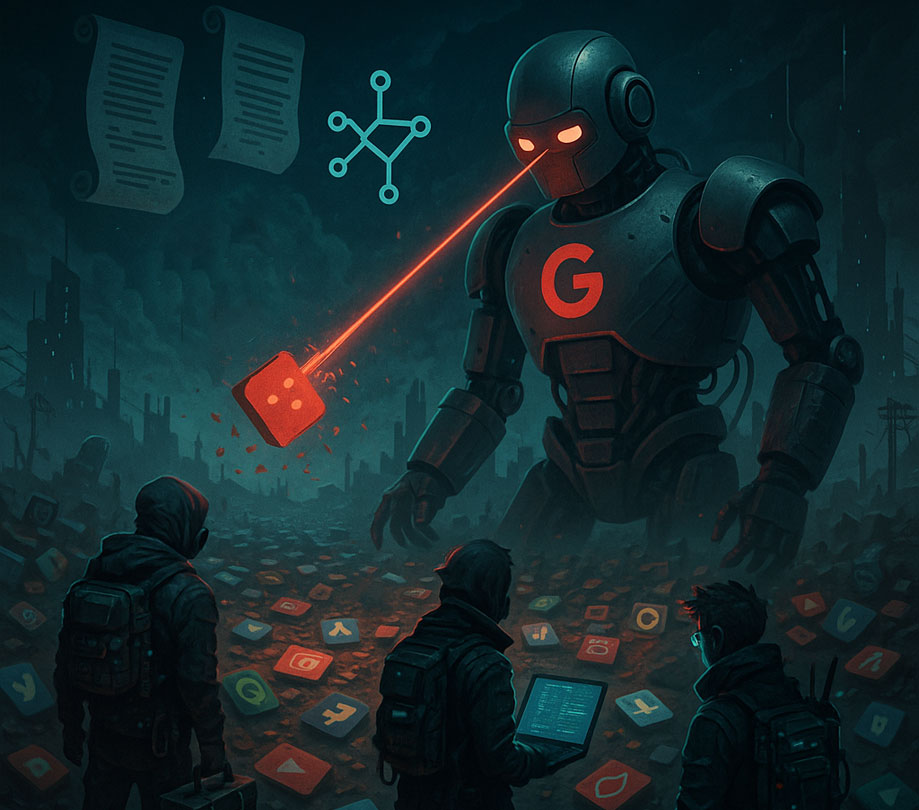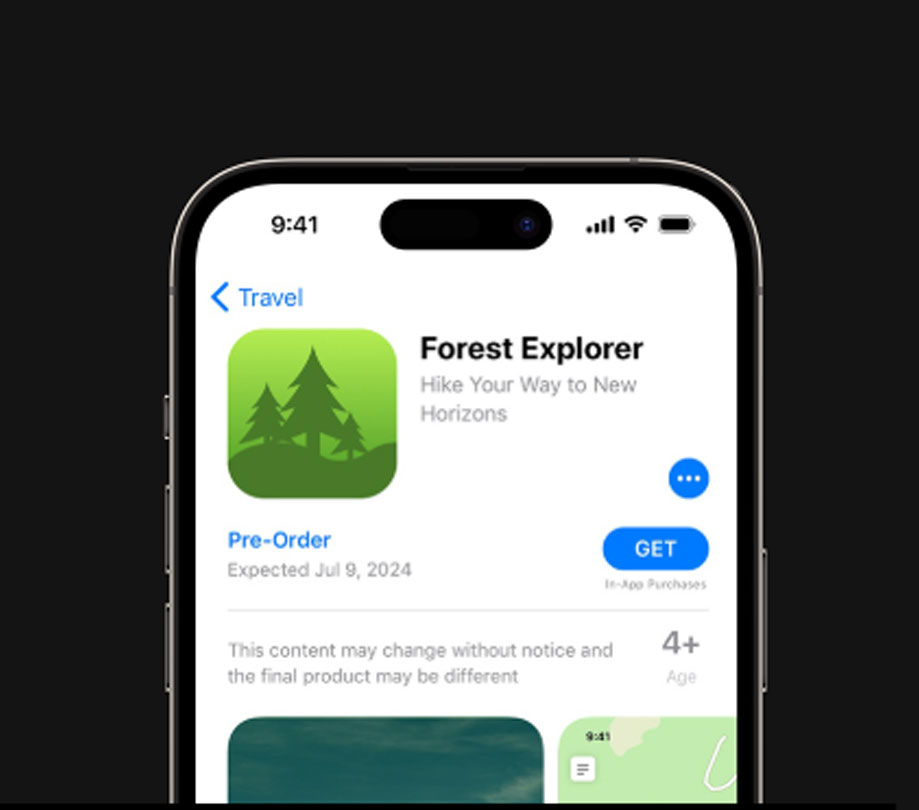Monetize
Google Play, Mobile Ads and AdBlocking: The Macro View
Tuesday, July 19, 2016

|
Janis Zech |

Google quietly rolled out an update to the Play Store a few months ago, but the change sent ripples through the entire mobile developer community: the company started clearly labeling the apps that include ads. It’s a small change, but one that has greater implications for every participant in the mobile app ecosystem - from developers and end users, to mobile ad platforms, monetization providers, and even rival Apple.
It started with asking developers to use the Google Play Developer Console to indicate whether their apps contained ads. Family-friendly apps geared toward children received the labels first (along with the warning that they included in-app purchases or IAP, if applicable), but in recent weeks, the “contains ads” label has been spotted on games and apps across age groups, genres and countries.
The labeling is currently inconsistent, as it may or may not show up if you look at the same app on one device or another - but it’s a definitive move that demonstrates Google’s commitment to transparency with mobile users. It also underscores the company’s hard stance against ad-blocking, while making it clear that ads can be an integral part of the mobile app experience. “If you don’t want to see ads, don’t download these apps,” Google seems to be saying with the label. “But don’t use ad-blockers that ultimately change the way developers meant for you to experience this.”
Putting the user experience first - or else
The implications for mobile developers in Germany are the same as for developers across the world - the “contains ads” label in the Play Store makes smarter, more user-friendly ad integrations even more of a priority.
When asked, most developers will say that they put the user experience first, and that they’re dedicated to driving engagement and retention. But a look at the reviews of hundreds of apps in both the Play Store and App Store makes it clear that some freemium app developers focus on driving fast revenue with interruptive, glitchy and frustrating ads -- instead of working to deliver a fun, engaging user experience first.
The rise of mobile ad-blocking is a clear response to this, and with the new labeling, Google is challenging Android developers to be more creative and user-friendly when it comes to ad monetization.
That means a shift away from intrusive formats like mobile banners, toward more innovative formats like native ads -- including custom integrations like the Washington Post’s pre-cached “Fuse” ads - as well as opt-in and rewarded formats that actually add value to the user experience.
As an example, leading mobile game developer Melsoft Games sought to remaster one of its most popular games, Toy Defense 2, late last year. Melsoft had previously used interstitials in the game, but wanted a more engaging ad format for the new version. Working with Fyber, the team wove rewarded video ads into Toy Defense 2, giving players the opportunity to gain power ups and additional bonuses in exchange for watching ads.
The result was positive for both Melsoft and the end-users - rewarded video ads drove a quarter of all revenue for the game, with little-to-no user attrition, and more importantly, no bad reviews.
Google vs. Apple: Let the transparency wars begin
Aside from encouraging the adoption of more immersive ad formats like native and rewarded video, Google’s “contains ads” label is essentially drawing a huge line in the sand for mobile app store transparency. Apple identifies apps that feature IAP - but not ads. And given that the company’s ethos and branding are synonymous with dedication to a quality user experience, the change in the Play Store labeling does put some pressure on Apple to alert users to the fact some apps may contain ads.
But on an even more macro level, Google’s move is just the latest example of the fundamental differences between the two dominant mobile app development and distribution platforms. With its ban on ad-blockers and labeling of ads in apps, Google is affirming that ads have a place in the mobile app ecosystem.
Coming from an advertising-driven company, that message shouldn’t be a surprise to either developers or users. On the other hand, with its own foray into mobile ads largely considered a failure - and with its laissez faire stance on ad-blockers - Apple’s position on ads for mobile app monetization is far less clear.
Read more: http://scopetrader.com/partner/link/?ref=Google Pl
This content is made possible by a guest author, or sponsor; it is not written by and does not necessarily reflect the views of App Developer Magazine's editorial staff.

Become a subscriber of App Developer Magazine for just $5.99 a month and take advantage of all these perks.
MEMBERS GET ACCESS TO
- - Exclusive content from leaders in the industry
- - Q&A articles from industry leaders
- - Tips and tricks from the most successful developers weekly
- - Monthly issues, including all 90+ back-issues since 2012
- - Event discounts and early-bird signups
- - Gain insight from top achievers in the app store
- - Learn what tools to use, what SDK's to use, and more
Subscribe here












Comments